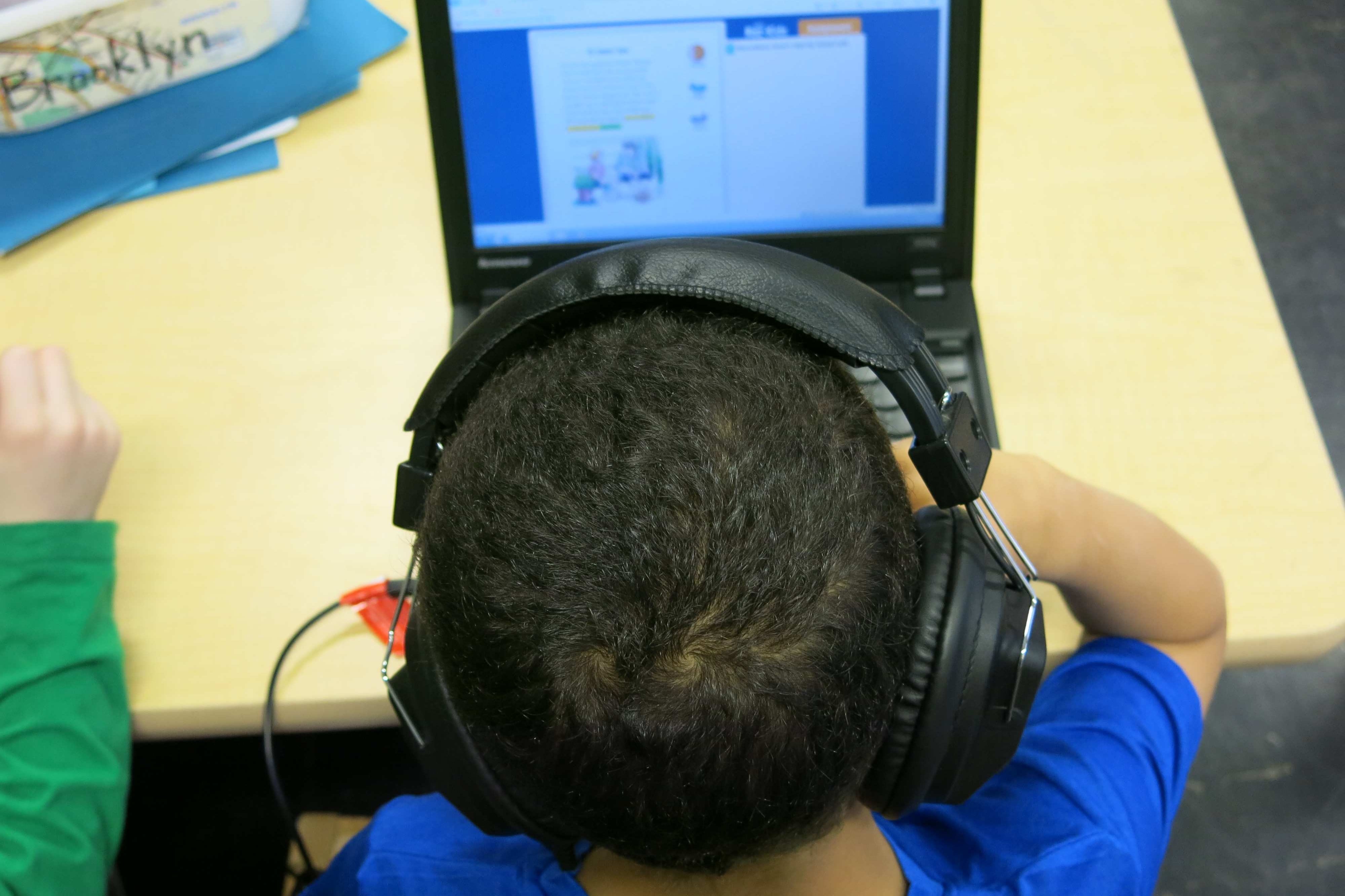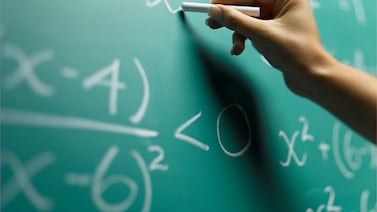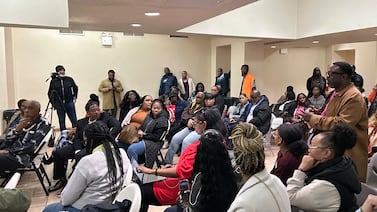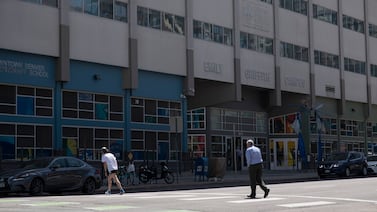When the COVID pandemic started about three years ago, New York City scrambled to get hundreds of thousands of students connected to the internet, buying iPads and Chromebook laptops, so students could learn from home.
The education department struggled for months to get enough devices for students and continued to purchase more. City officials ultimately bought 550,000 internet-enabled iPads, as well as 175,000 Chromebook laptops, costing roughly $360 million, according to the education department.
Now the education department has set out to find and track all of its technology, including the devices purchased during the pandemic. Although schools keep a record of devices, city watchdogs have criticized the education department for having no centralized system. The “Central Inventory Project” will log all technology at schools and central offices, including other kinds of tablets and laptops, desktop computers, printers and smartboards, according to a department spokesperson.
The department’s inventory project — which began last June and is expected to be completed this summer — is large. Twenty-six teams of five people each plan to visit all district and charter schools, as well as all central offices. So far, they’ve covered 660 schools and offices in 519 buildings.
A spokesperson declined to share takeaways from their inquiry so far, saying that they’re still collecting data from the inventory sweeps.
City officials are hoping to tally up how many devices are located in schools and central offices, as well as how many of those they’ve assigned to students for use at both school and home, according to a spokesperson.
Officials said they’re attempting to follow city, state, and federal guidelines for tracking devices. But they also appear to be addressing an issue raised years ago by former Comptroller Scott Stringer, who noted in multiple reports that there was no centralized system for tracking computer hardware.
A 2017 audit, for example, found that the department was missing more than 1,800 computers, laptops, and tablets. (At the time, the education department disputed the comptroller’s methodology and rejected most of Stringer’s recommendations, including his call for a systemwide inventory count.)
And a 2021 audit found that the education department had logged iPads for 5,000 students who were not also marked as having received those devices.
Some educators, who praised the scope of the project, said it is highlighting how difficult it can be to account for school devices, including computers purchased during the pandemic.
Eighth grade social studies teacher Nate Stripp, who is also the technology coordinator at Brooklyn’s M.S. 50, said their inventory process was straightforward and happened over a two-day period last month, when 10 technicians came in to count devices. In preparation for the visit, education department officials asked the school to remind students to bring in any school-issued devices they had at home. Officials also provided an estimate of how many devices they believe the school should have in hand.
There were some hiccups. In a majority of cases where iPads were missing during the inventory process, students had forgotten to bring them to school, Stripp said. There were several cases where students didn’t know where their devices were.
Stripp has come across students who were supposed to bring their remote-learning iPad to M.S. 50 from their old elementary school but claimed that they no longer have it in their possession — leading to a complicated scramble to figure out where the device is.
“I have enough technological competence to be able to run my own internal spreadsheets,” Stripp said. “But to really keep track of devices, we need a person who, at least part of their job, is paid to keep track of and maintain the technology inventory in the building.”
Officials hope to use this project to improve the process for when schools do a required annual device inventory, which is supposed to happen each spring, a spokesperson said.
Stripp said the centralized process last month was the first time he had seen such an effort in his five years at M.S. 50.
Some schools may do a better job than others of tracking their inventory, said a teacher at a Brooklyn high school, who went through the inventory process in December. For example, his school had a technology coordinator who kept a detailed spreadsheet of all their computers – but since she left, no one has taken over her responsibilities.
“It’s something that’s needed,” said the teacher, who requested anonymity because he was not authorized to speak with the press. “There are definitely ways that things can go missing without accountability.”
Reema Amin is a reporter covering New York City schools with a focus on state policy and English language learners. Contact Reema at ramin@chalkbeat.org.






